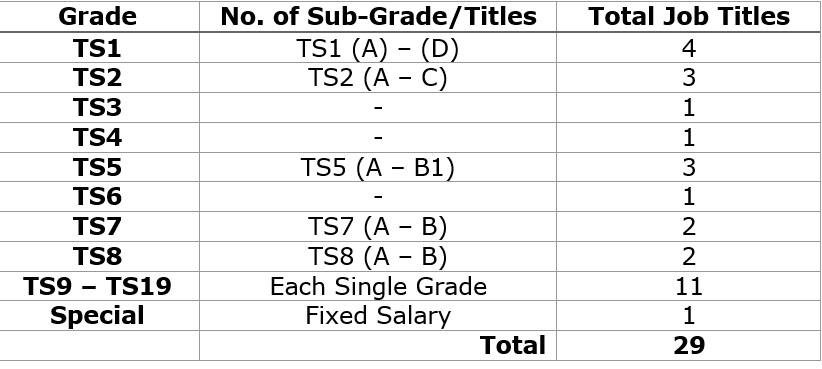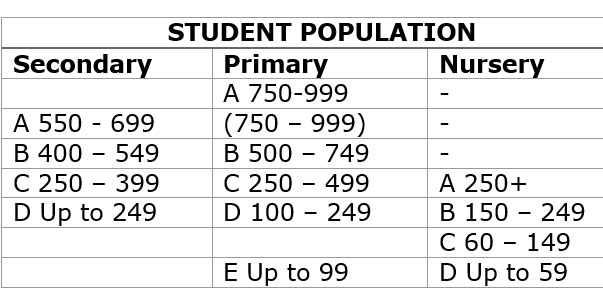Dear Editor,
I refer to the promises to be kept.
a) 50,000 Jobs
b) 20,000 Scholarships to UWI
c) Free education at UG by 2024
One has not heard so far of a comprehensive strategic plan that will provide for the absorption of 50,000 jobs, which could not all be of the public sector. To what extent therefore would the Private Sector (local and foreign) be involved, particularly since our own entrepreneurs have never announced any coordinated programme of development – Agriculture! GuySuCo!
To note that their contribution to education as mostly contained at the sub-professional level, with less than a proactive relationship with a University whose graduates they utilise, themselves included.
Is it enough just to grant ‘Free Education’ at the University of Guyana?
Surely there must be comprehensive discussion with the University’s principals about the future of its absorptive capacity, in terms of academics, administration, and certainly infrastructure. To accommodate the rush of aspiring students (but in what subject areas?). There is obvious need for substantive organisational development – to be strategized in detail in order for this ‘promise’ to be fulfilled. Appropriate remuneration must be one component.
None of the above requires any specialist analysis. It is a matter of mere commonsense – the rarest sense of all.
In the milieu one expects that the decision-makers concerned could not possibly overlook that all hopes (and fancies) are founded on a sound education system. Therefore, for the umpteenth time, one must ask why is not the public teaching profession being viewed as the critical contributor to every individual and organisational performance? Why do all the enlightened decision-makers since independence (admittedly with the compliance with the practitioners themselves) continue to adhere to a qualification and merit structure for teachers instituted in the colonial era?
It continues to defy logic that there still exist 29 actual job grades (portrayed in Table at the end of this submission) with frustratingly narrow salary scales; except that at the highest level of the system the incumbents ‘enjoy’ a fixed salary for the rest of their careers unto retirement. These include the Principals of CPCE, GTI, NATI, LTI.
As it has turned out the education system is perhaps the most sensitively impacted upon by the encompassing pandemic environment, and likely to be so for an indefinite future. Hopefully, the adaptability and creativity of the relevant planners and practitioners are not taken for granted, and there would be focused discussion on possible new and changing training needs to be addressed at the Cyril Potter College of Education, Technical Institutes and related institutions.
Then of course there is the further range of relationships with the University of Guyana – logically extending to related regional and international institutions.
Hopefully, the case has been made that new forms of the education system would constitute the foundation of future national development. It should therefore not be too simplistic to expect that representatives of the players who are involved in identifying and addressing the developmental needs of current and future generations of a not explicitly predictable society, would meet and brainstorm, amongst other things, a fresh evaluation of the worth of the profession – academics, teachers, administrators, at the respective levels of a creatively reorganised education system.
One takes into account that teachers/lecturers constitute the only group of professionals and technicians whose performance is evaluated by i) their customer students; ii) customer parents; iii) peers; iv) supervising officers; v) related associations.
Just now there are vacancies to be filled; while there is an increasing invasion of employer competition.
 Now see Table below. Note the number of sub-grades involved:
Now see Table below. Note the number of sub-grades involved:
 Incidentally it would be interesting to learn whether in these and later pandemic times schools will continue to be graded as shown below:
Incidentally it would be interesting to learn whether in these and later pandemic times schools will continue to be graded as shown below:
Yours faithfully,
E.B. John
